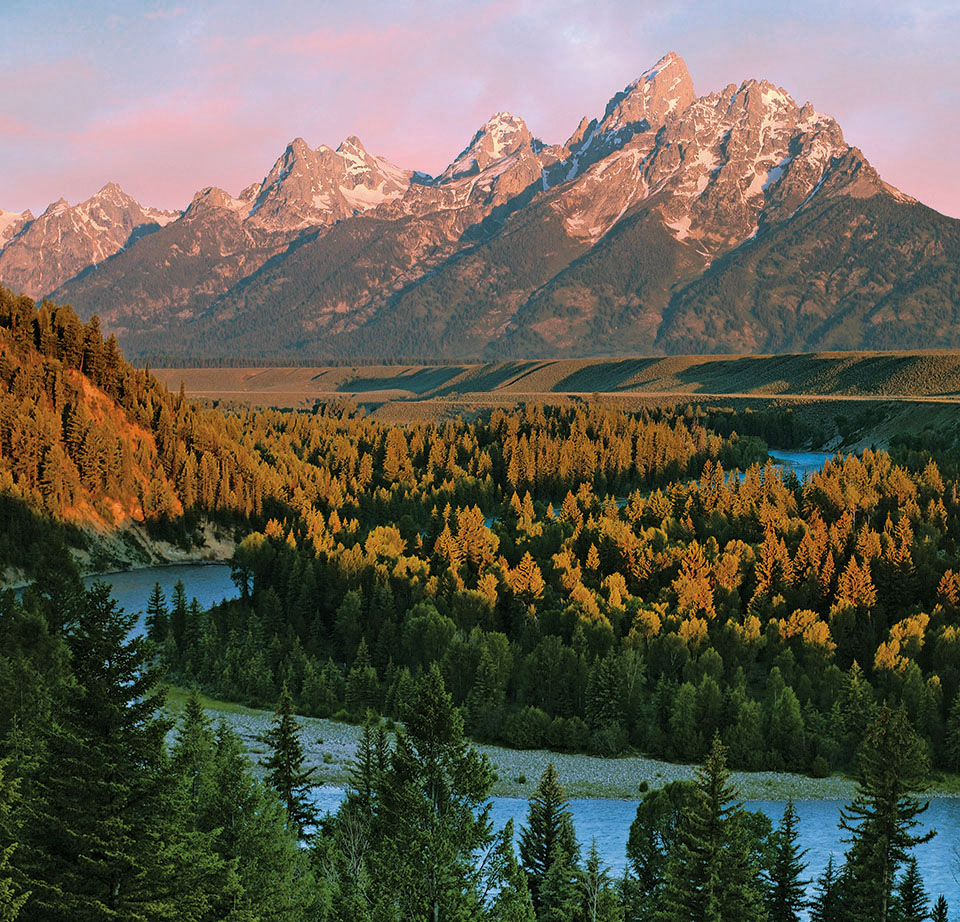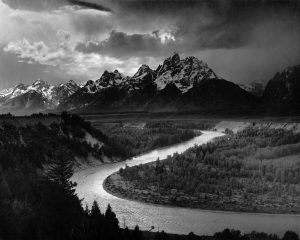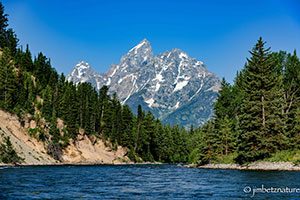The Same River Twice

“Don’t you get tired of doing the same thing over and over all summer?” I get this question at least once a week between May and September. And my answer is always the same. “No way!” Many of our Barker-Ewing scenic guides have spent multiple seasons floating the Snake River through Grand Teton National Park. I’ve personally logged more than 25,000 miles between Dead Man’s Bar and Moose – and that doesn’t even put me at the top of the leaderboard! It’s not that river guides lack imagination, or can’t think of anything better to do. It’s that we are living the sage’s wisdom: “You can’t step in the same river twice.”
The 2016 season is now less than a month old, and the river has already changed since our first trip launched on May 27th. On one level (that’s a river pun – water level – get it?) the river’s depth and velocity have increased as the warm sun of spring melts the high mountain snowpack. During peak runoff, usually in late June and early July, I’ve seen the Snake rise six feet above normal levels and crest over its banks in the course of just a few days. In these high water conditions, our ten-mile scenic float trip can be as quick as one hour and fifteen minutes. In September, when the snow has melted and the summer rains have dried up, those ten miles can take closer to two and a half hours – and we may even scrape over cobblestones through particularly shallow sections. The same river, but different every day.
After only five minutes on the river, we experience the first truly magical moment. As we round the bend below a high bluff, we see the Tetons in all their glory. Ansel Adams’ iconic photo, taken from the ridge above us, shows this stretch of river, and I’ve never gotten tired of the view. I look forward to this moment because I know it will surprise me. The early morning light might be bathing the mountains in a rosy glow. Clouds might be casting ominous shadows over the crags and canyons of the range. An eagle might be roosting on a high branch, adding majesty to the scene. Each time I see this vista, I know I am witnessing a unique moment in the history of the universe. Mind blown.
More changes. There is a small rapid as we coast along this first bend. The waves are splashy in low water and smooth rollers during high water. Our first true obstacle comes up soon after. It’s called “Boy Scout Rock,” and if it’s not jutting out of the water, you can always spot the telltale pressure wave that marks the its upstream edge. Either way, the seasoned guides of Barker-Ewing know better than to hit it! Past these two features lie nine more miles of wild and scenic river, dynamic and constantly changing. Snags, trees, and branches float and come to rest in new locations. Rock bars and islands form or disappear overnight. The science of river hydraulics is made plain in this exciting and thrillingly beautiful “living laboratory.” Even if you wanted to, you could never float the same river twice. And after 25,000 miles, I should know.


